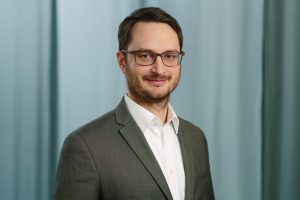Systems AI
AISEL is a BMBF funded project to establish a program that allows students to learn on real-world examples demanded by industry and establish standardization of an Artificial Intelligence Systems Engineering approach. Among the tasks are finding the right trade-off between top-down knowledge and letting complex functions being learnt by deep learning algorithms. The systems must be designed to be safe, minimize bias, stable, effective and economical.
During my diploma thesis, I already tried to automate the testing of scientific hypotheses with the help of machine learning within High Energy Physics. In the following doctorate and subsequent research at the European Center for Particle Physics CERN, I was part of one of the largest and most complex cameras in the world: the ATLAS detector. I was responsible for integrating particle detection algorithms into real-time data acquisition framework at the interface between hardware components, electronic channels, and the software data center farm, giving me a wealth of experience in setting up complex systems in international working environments. During my time in consulting and corporate roles I got exposed to the latest machine learning solutions deployed in industry and to all issues appearing, when building real world applications.
My current interests are:
Applied AI Systems: Designing, engineering and implementing visual-based context-sensitive systems that have an immediate impact on the forthcoming of our society.
Bringing AI Systems to life with seeding and launching scientific projects or companies is an obvious extension of the above.
Future of intelligent/autonomous systems: What is the ultimate intelligent system? How can autonomous systems expand their current knowledge? How can systems invent new sensors or even just be aware,that new sensory input is needed for a specific task ? I am investigating those and similar questions from a systems perspective view; In particular the role of sensory awareness, sensor fusion, information propagation paths, different system objectives, phase transformations, fast-changing conditions, and timescales.
Examples of our work within AISEL:
Complete systems design:

Credits to Pascal Fischer and Alen Smaijc; https://github.com/alen-smajic/Towards-Explainable-AI-System-for-Traffic-Sign-Recognition-and-Deployment-in-a-Simulated-Environment
Michael Rammensee E-Mail: M.Rammensee AT em.uni-frankfurt.de Goethe-Universität Frankfurt am Main 60629 Frankfurt
